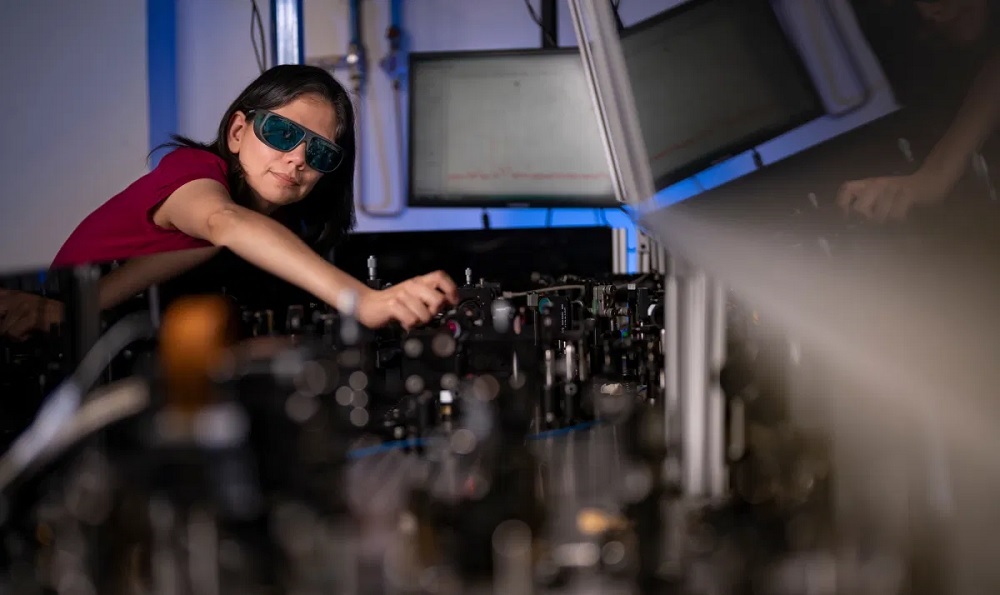
Scientists Develop Tech That Could Give You Night Vision with Standard Eyeglasses

Scientists Develop Tech That Could Give You Night Vision with Standard Eyeglasses
The technology could have applications in security and defense work and in helping people to drive safely at night.

You Might Also Enjoy...

Syncope is a synonym for fainting or passing out. Someone is considered to have syncope if they become unconscious and go limp, then soon recover.

Vertigo and Dizziness
Vertigo and dizziness are common symptoms encountered in clinical practice, often requiring careful evaluation to determine their underlying causes. Visual symptoms often accompany vertigo and dizziness, and understanding that relationship is necessary.

Traumatic Brain Injury (TBI) and Diffuse Axonal Injury (DAI)
Traumatic Brain Injury (TBI) and Diffuse Axonal Injury (DAI) are closely related, with DAI being a significant pathological feature of TBI.

Head Trauma and Parkinson's
Head trauma, particularly repetitive or severe injuries, has been linked to an increased risk of developing Parkinson's disease (PD) and other Neurodegenerative disorders.

Topical Cannabinoids and Ocular Pain Relief
Endocannabinoid system (ECS) modulation has been observed to have a wide range of potential therapeutic benefits for multiple disorders, including ocular pain

Pseudotumor Cerebri(PTC)/ Idiopathic Intra-Cranial Hypertension(IIH)
Pseudotumor Cerebri (PTC), also known as Idiopathic Intracranial Hypertension (IIH), is a condition characterized by increased intracranial pressure without a detectable tumor or other cause.
